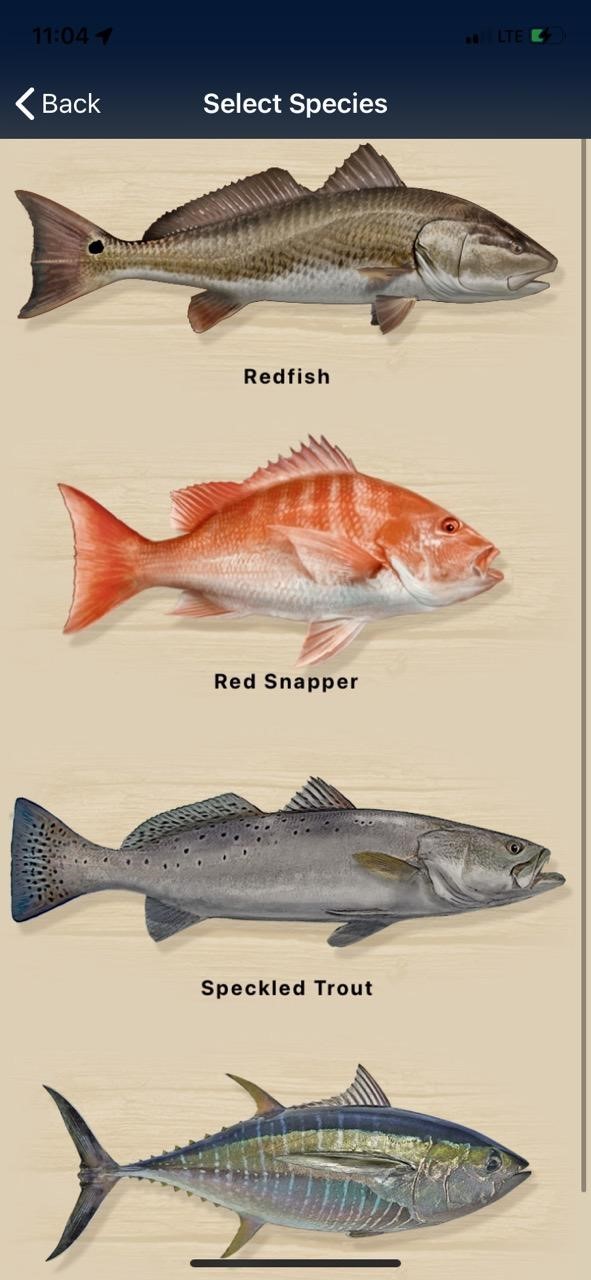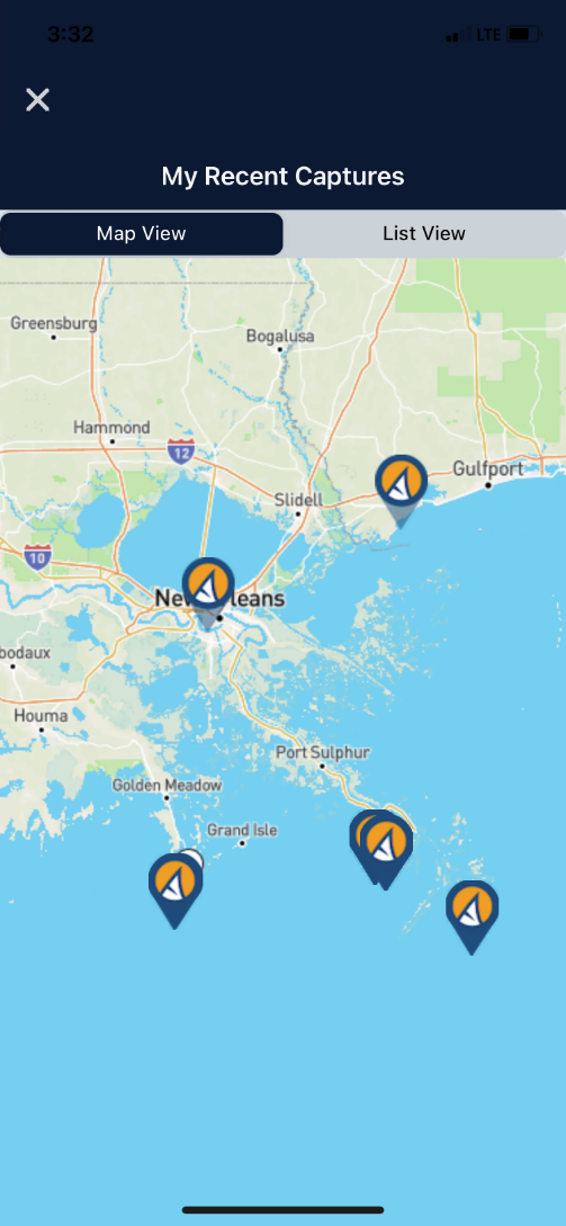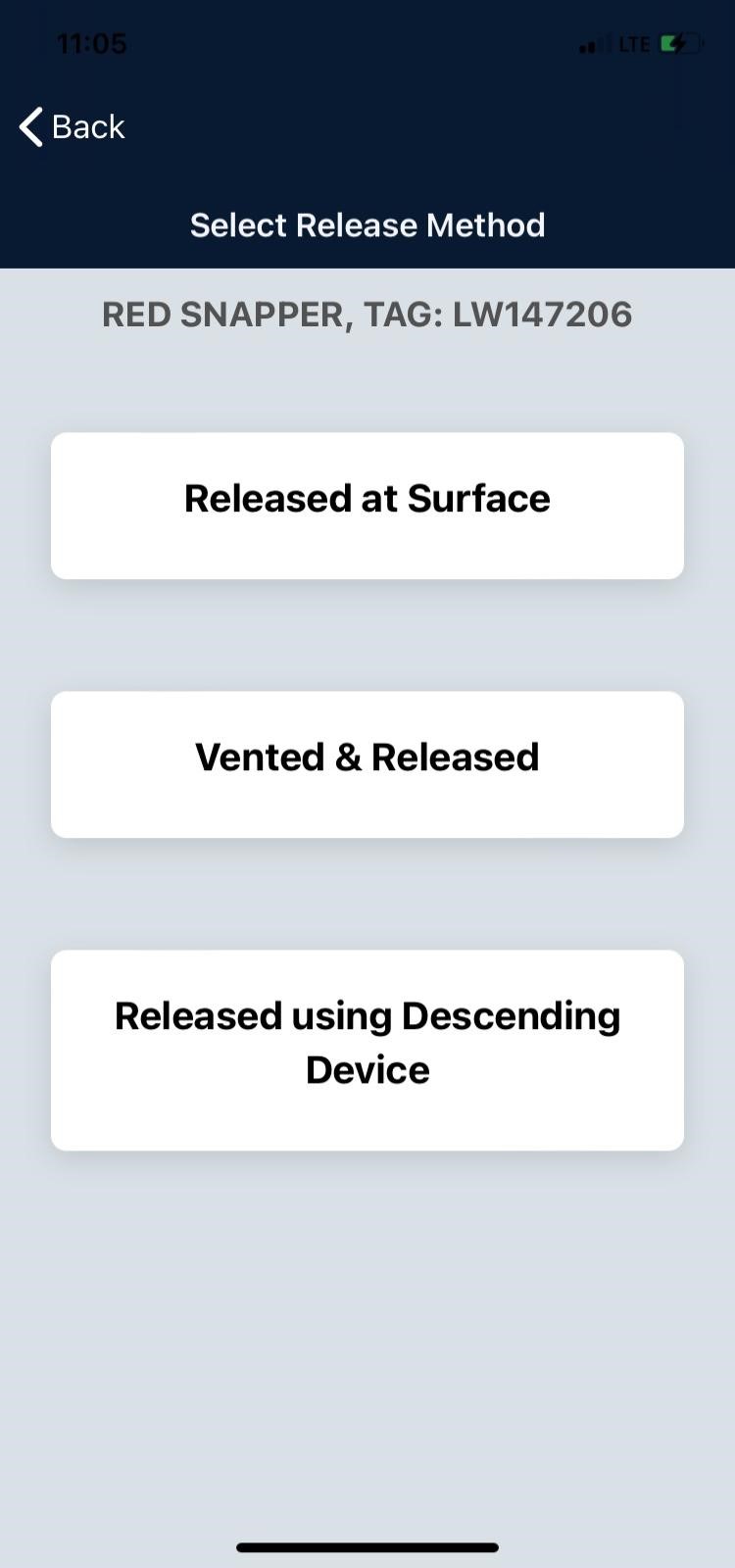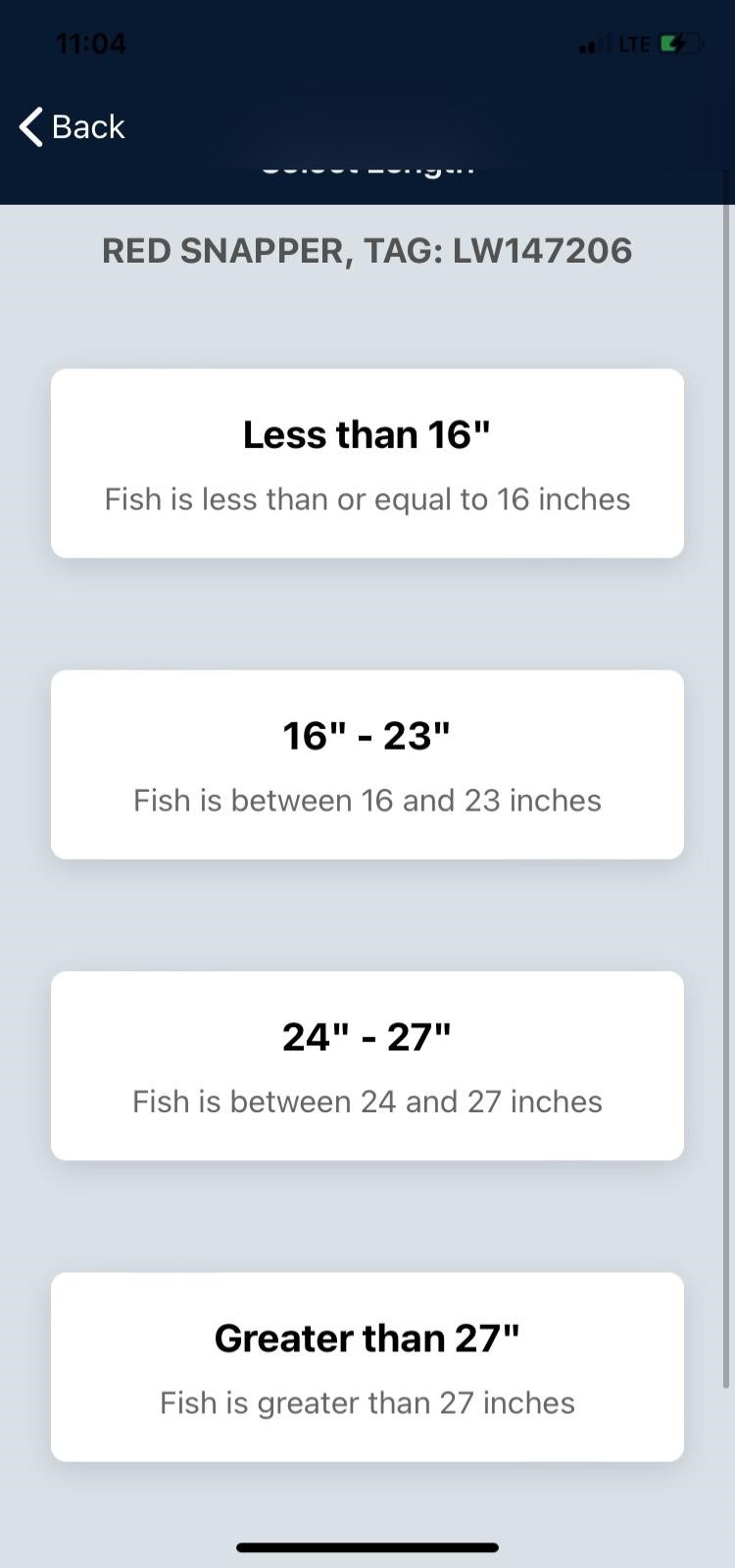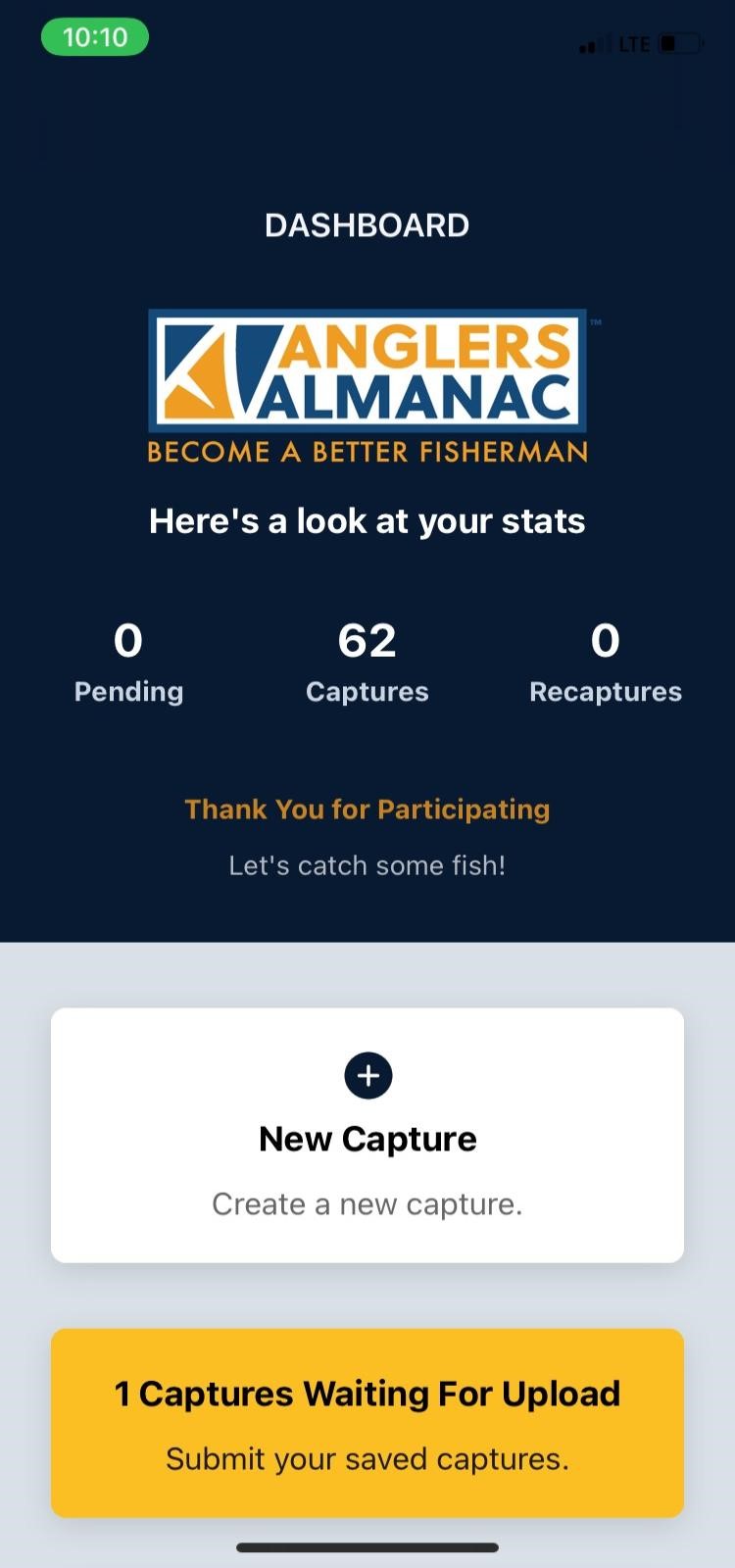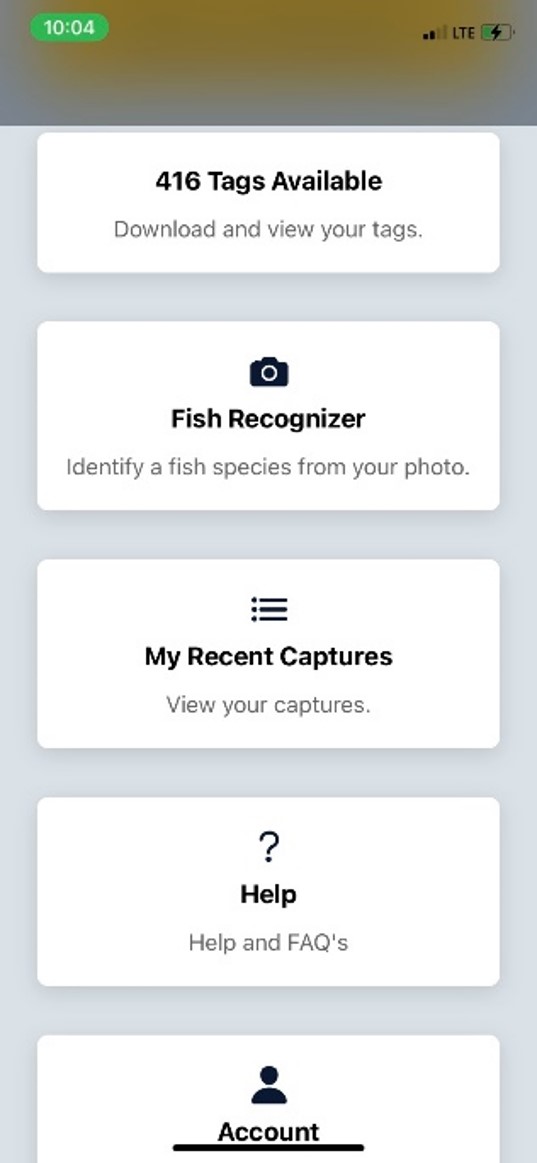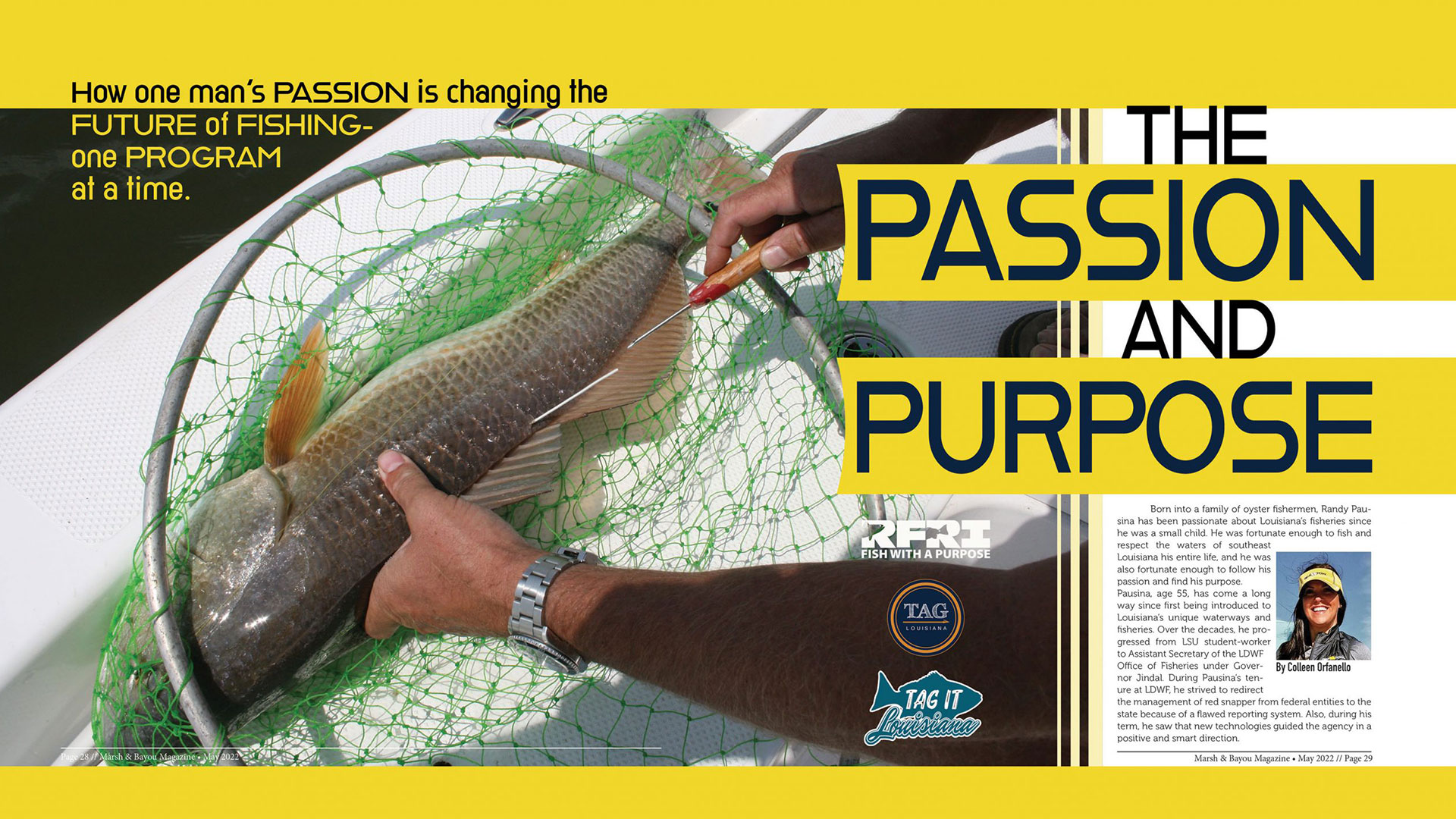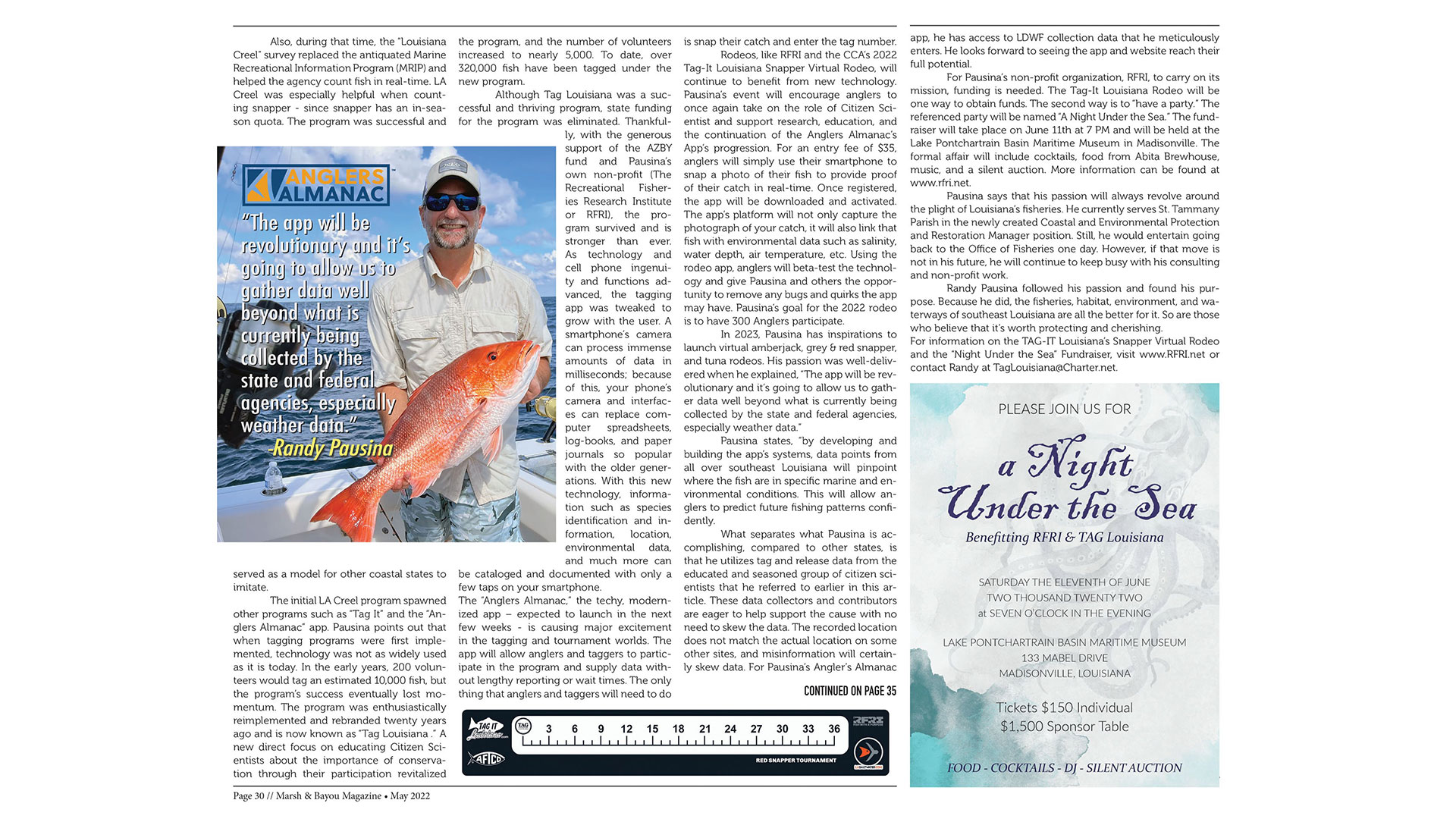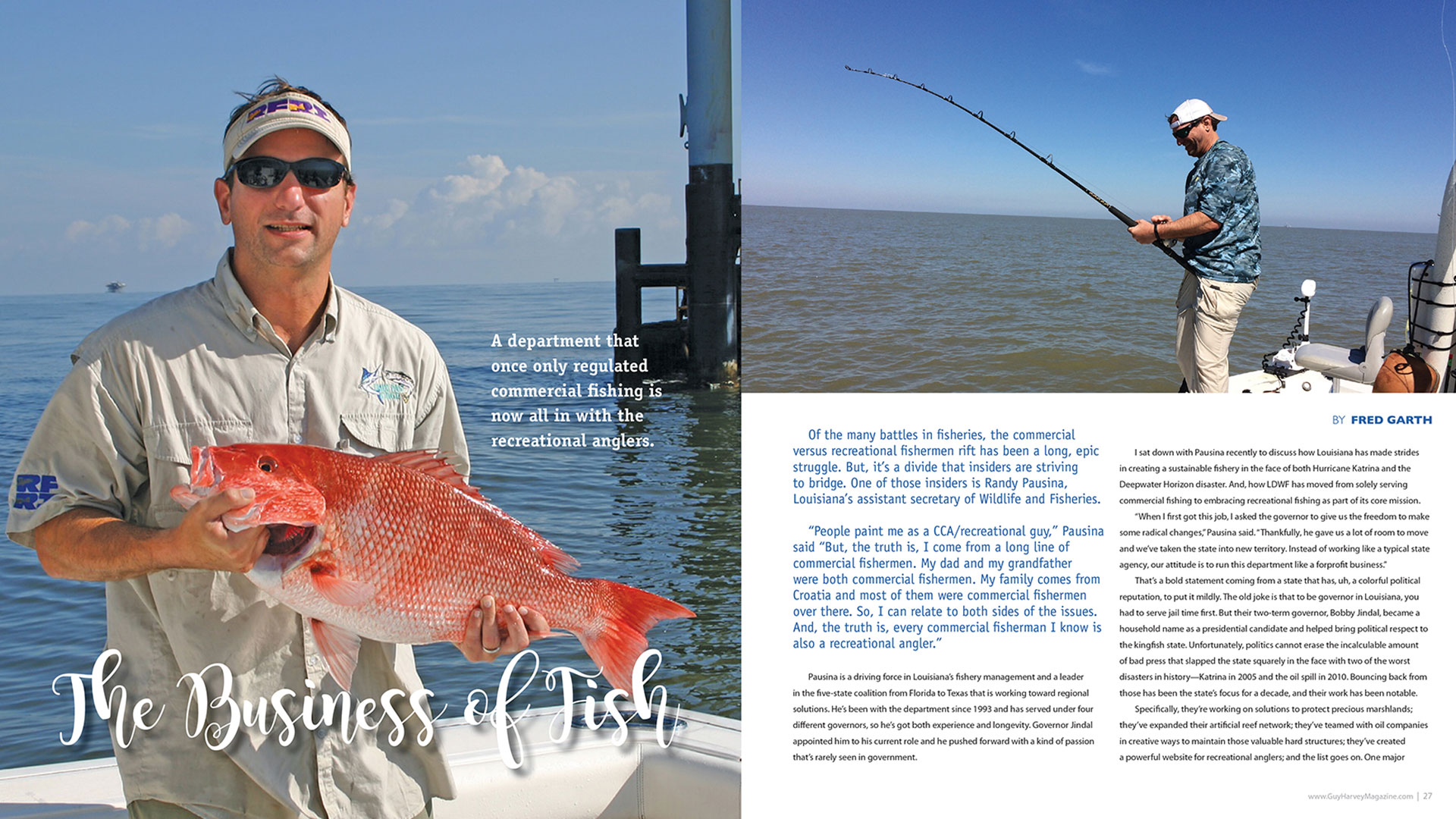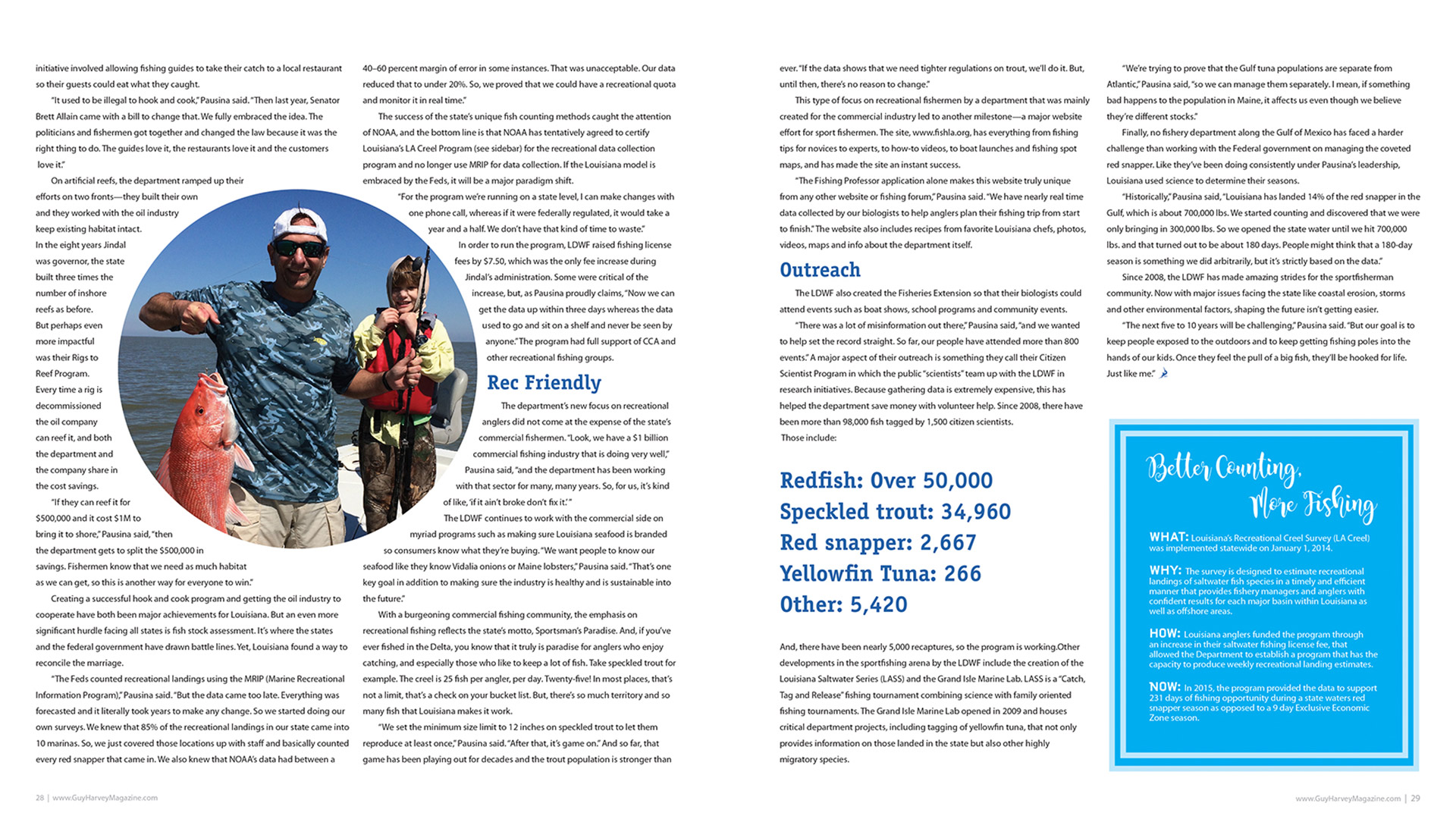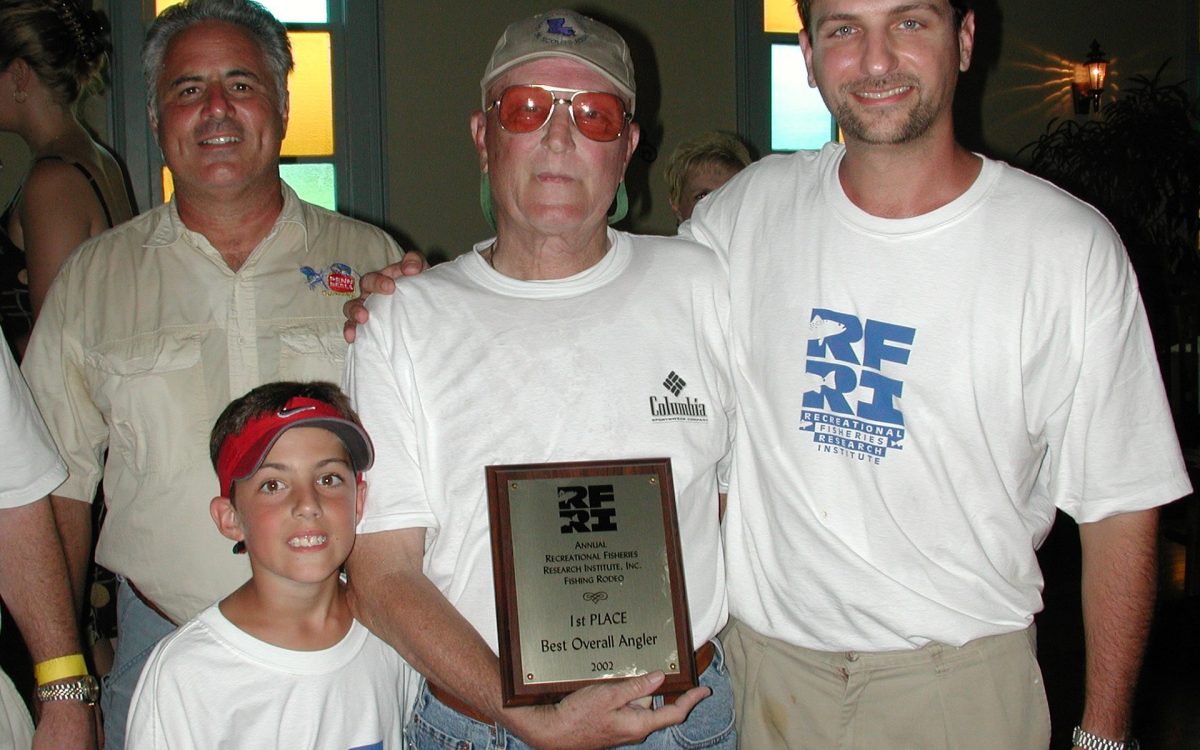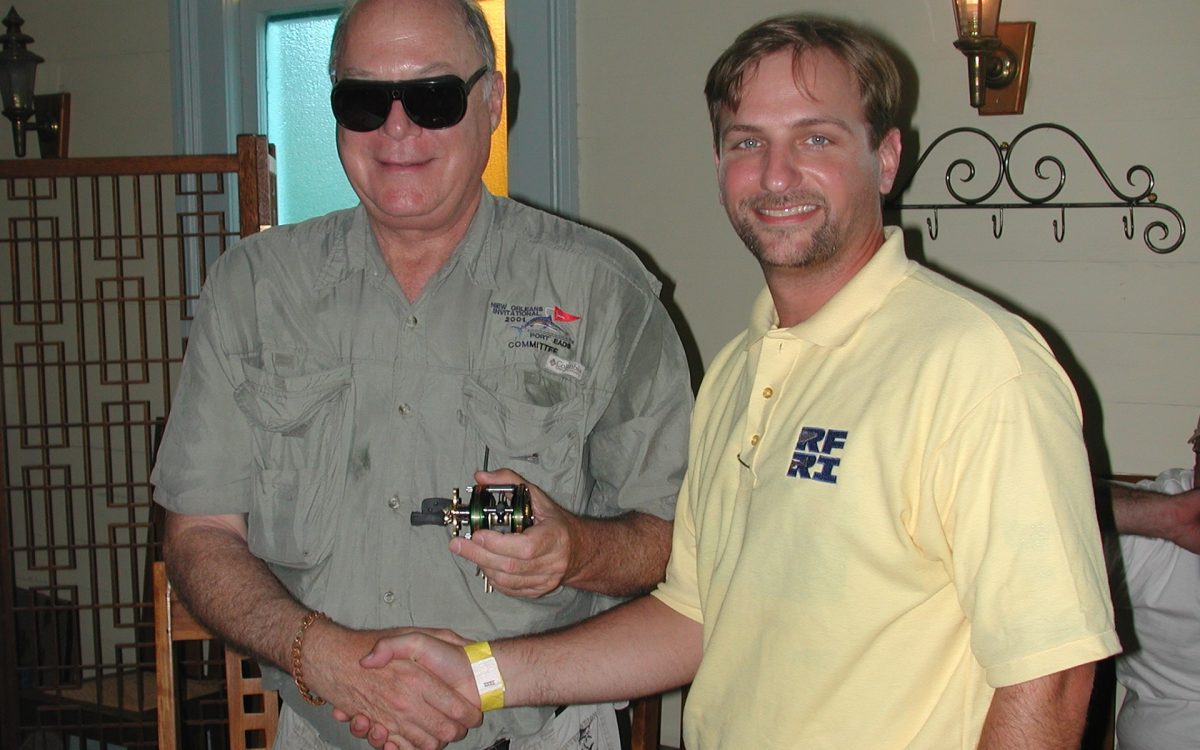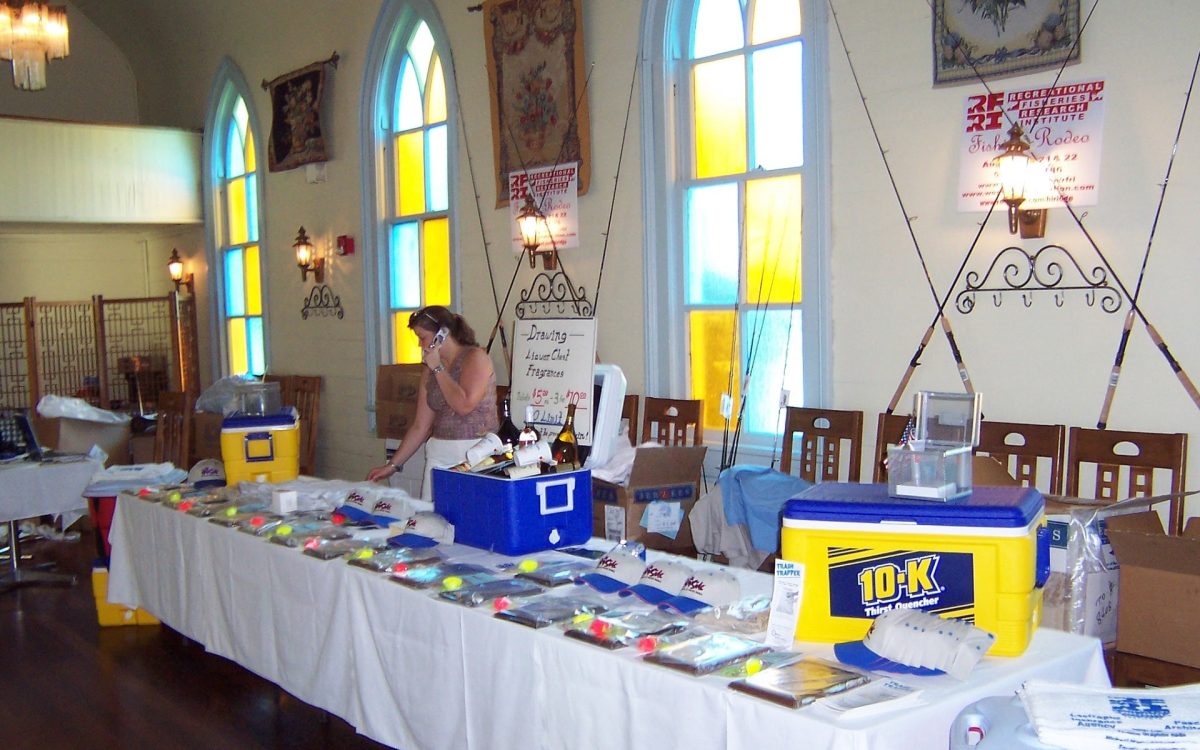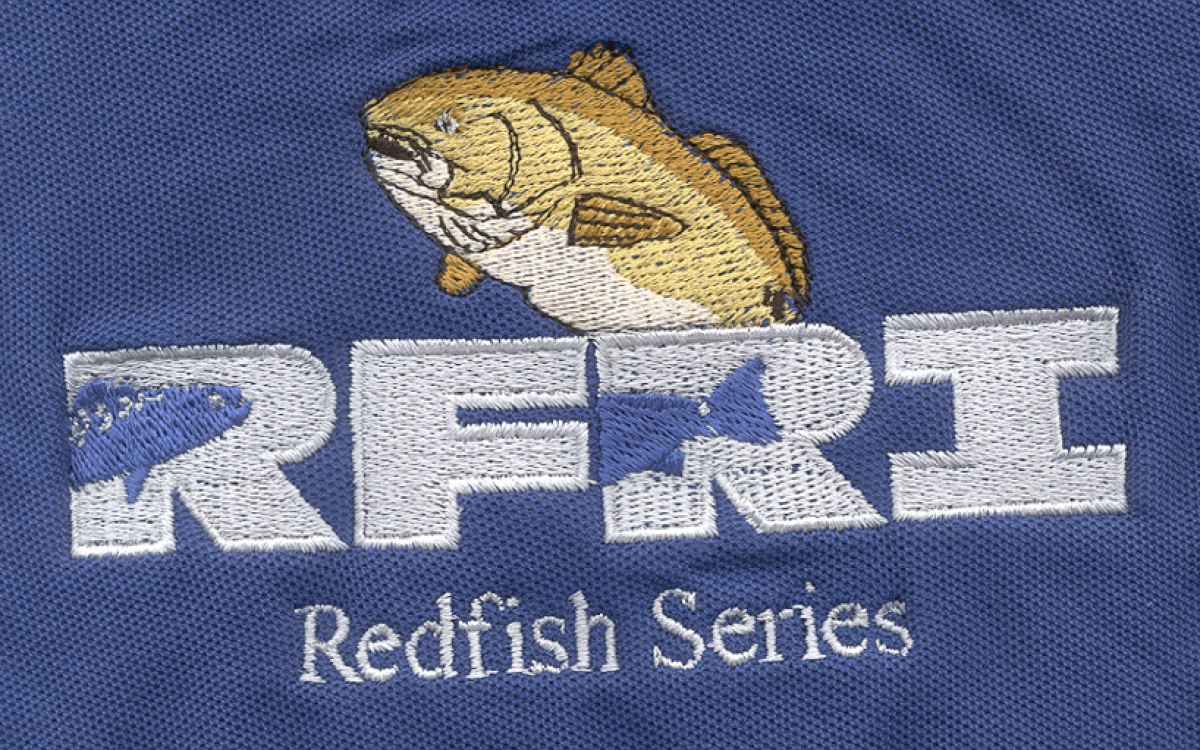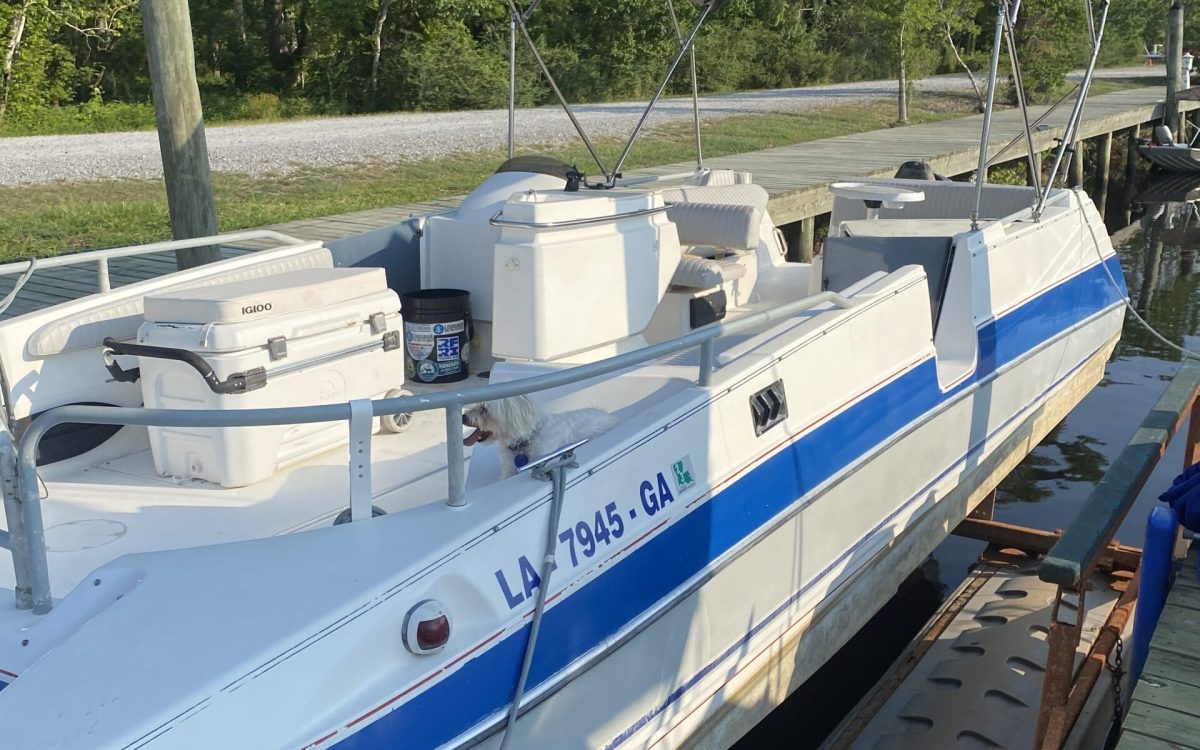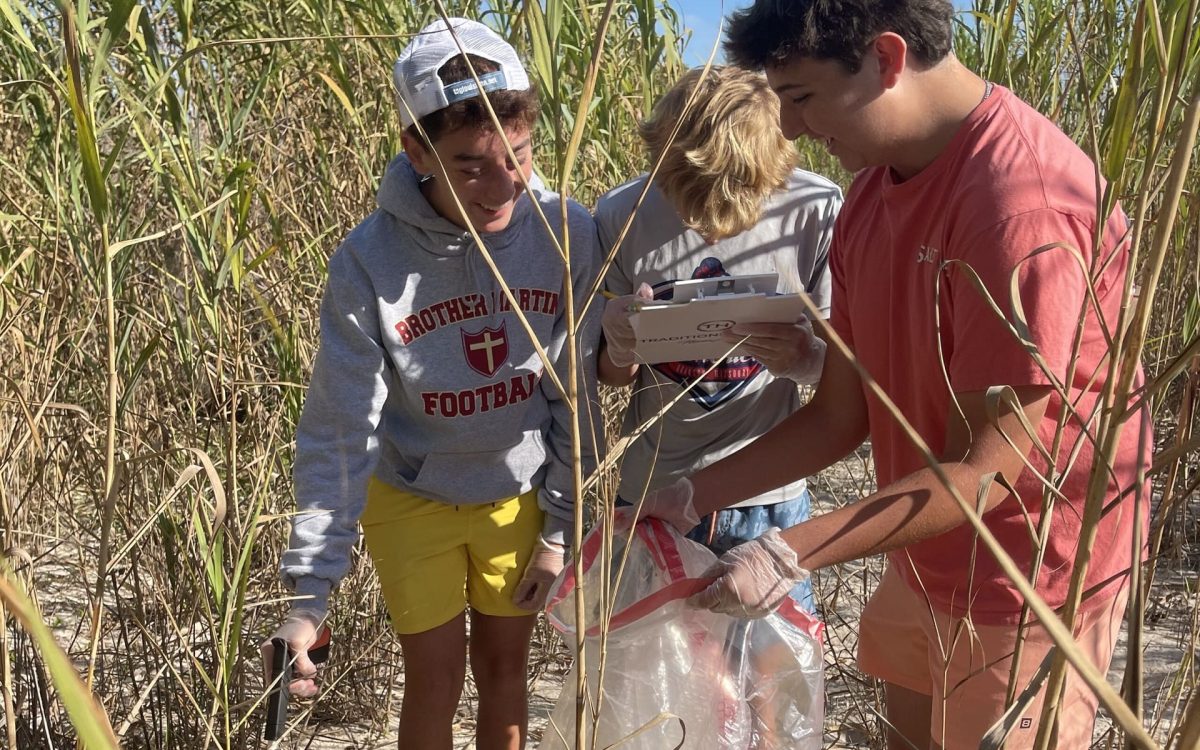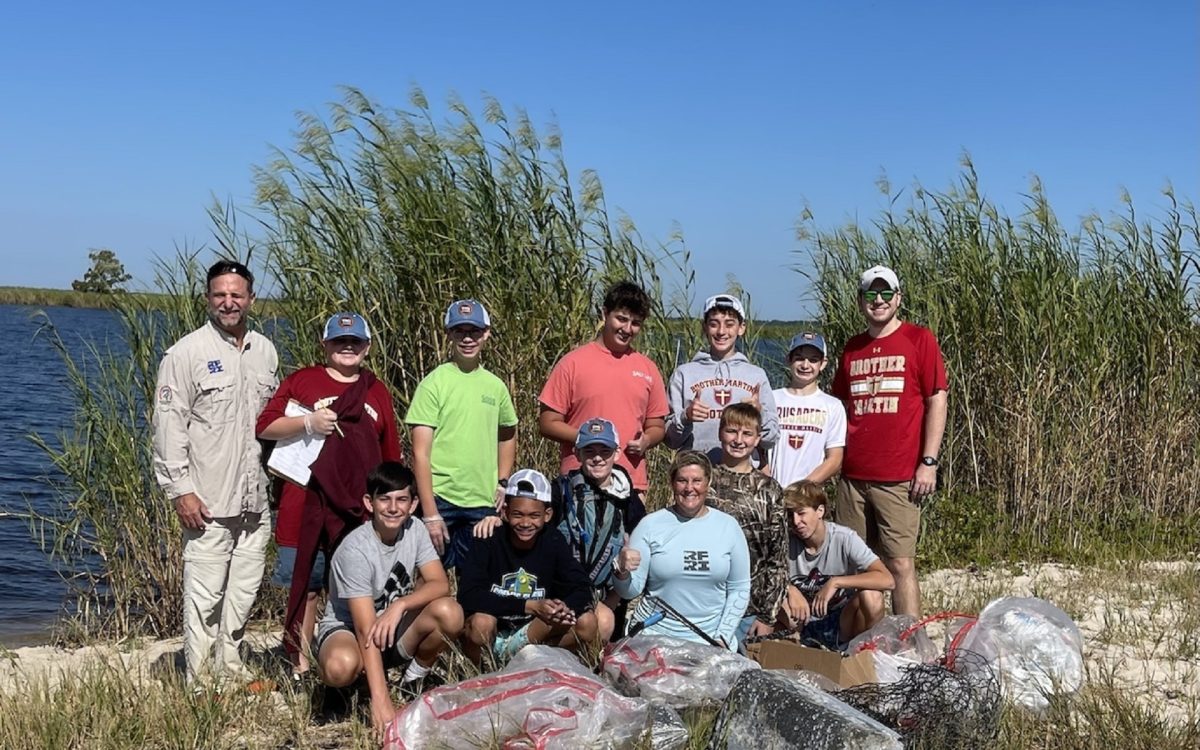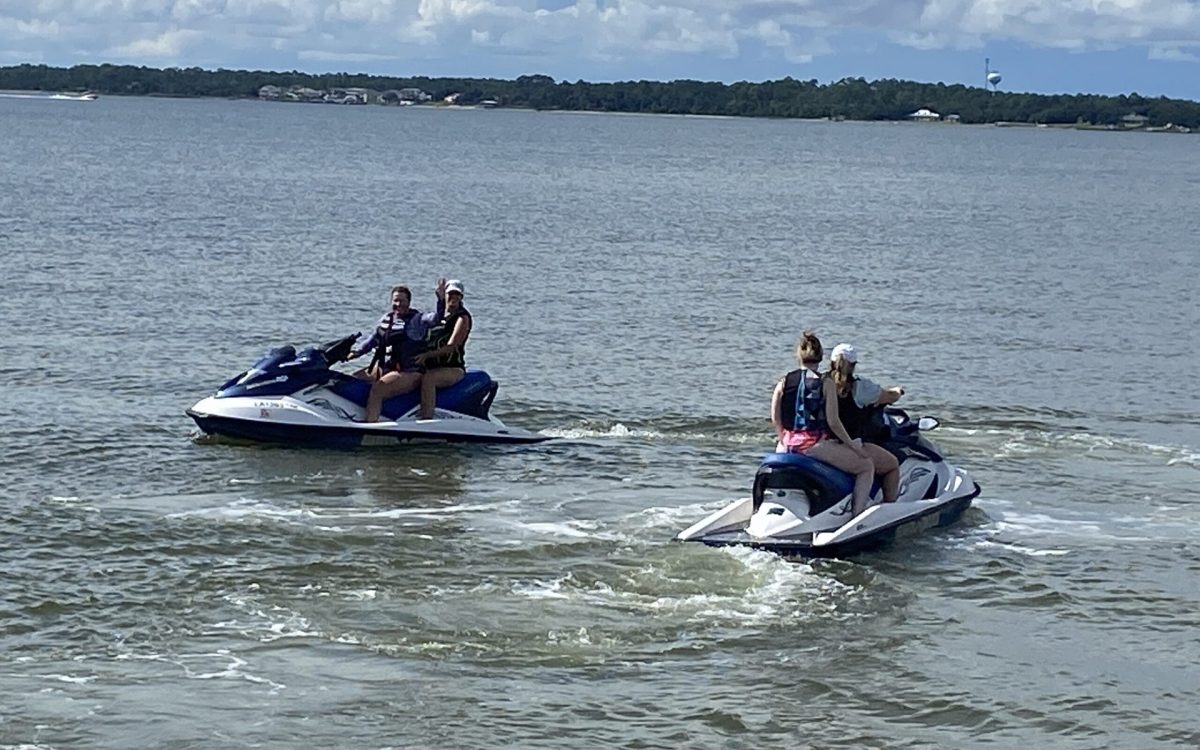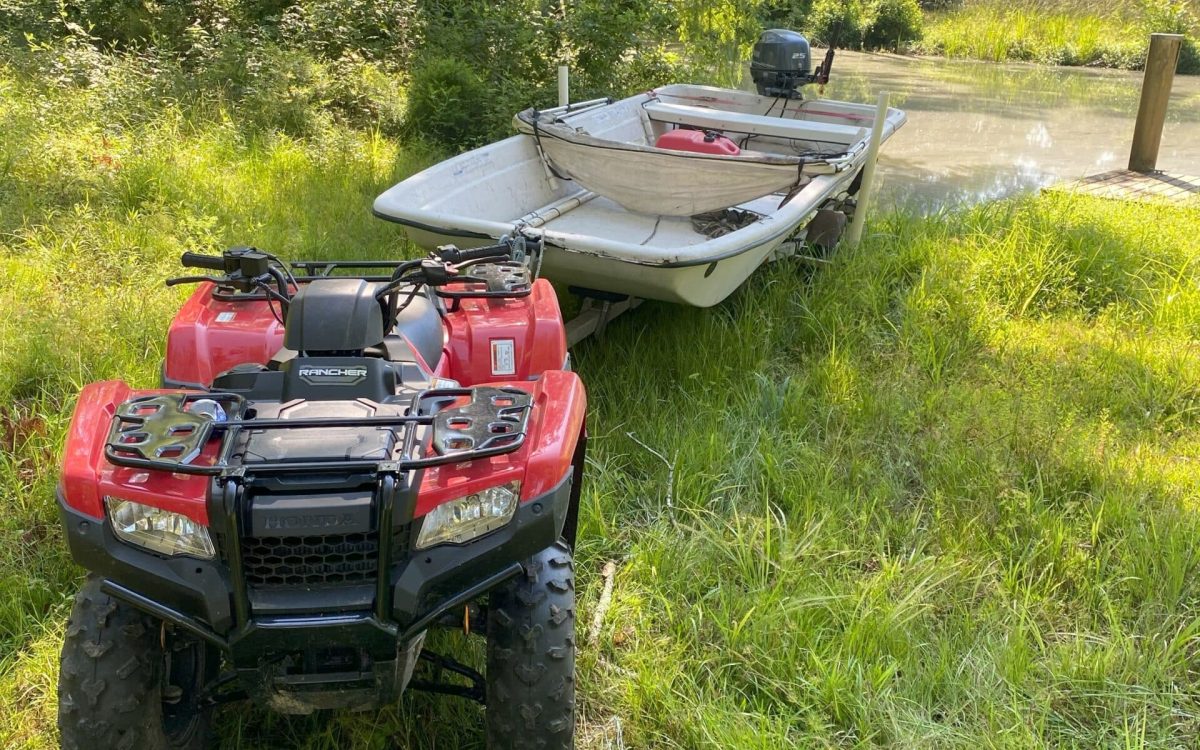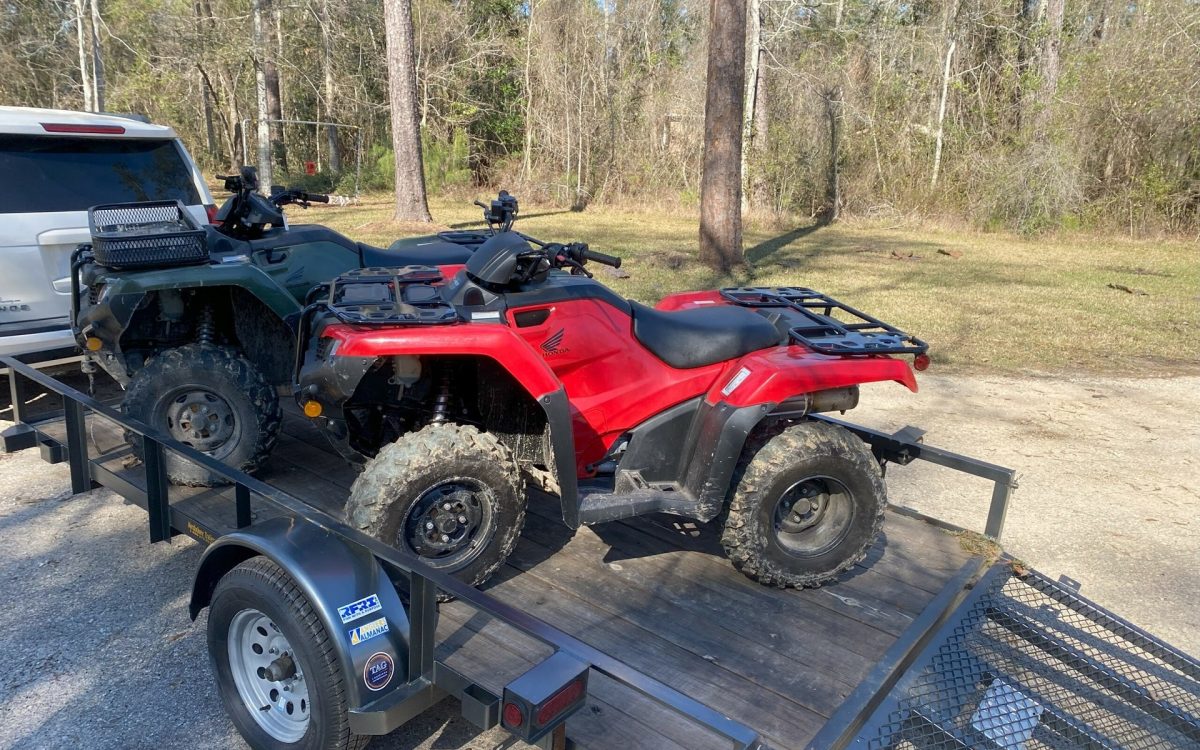
REDFISH STOCKING INITIATIVE
ECONOMIC, SOCIAL, AND ENVIRONMENTAL BENEFITS
Marine Sport Fish Stocking refers to the practice of artificially boosting the populations of marine organisms, such as fish, through various methods. This is typically done to supplement or restore depleted stocks to support sustainable fisheries and protect the marine ecosystem. Techniques used in stock stocking include captive breeding, releasing juvenile individuals into the wild, habitat restoration, and implementing favorable fishing regulations. These efforts aim to enhance biodiversity, support commercial and recreational fishing, and maintain the overall health of marine ecosystems.
In the states of Texas and Florida, supplemental, hatchery-based stocking, in combination with standard management practices, have resulted in a successful and sustaining program of Red Drum (Redfish) enhancement.
The Gulf of Mexico is one of the most productive systems in the world, with the northern portion providing important nursery habitat to many different marine species. One such species is the Redfish, Sciaenops ocellatus, a widely distributed, economically, and recreationally important marine-estuarine fish species in the Northern Gulf of Mexico. Redfish populations in Louisiana declined between 1990 and 2018, according to the most recent published stock assessment conducted in 2022. Since then, additional perturbations including over-fishing, hurricanes, and the Deep-Water Horizon oil spill, to name a few, have continued to impact Redfish habitats and populations. This suggests that an enhancement program, that includes a monitoring component to assess program success, is needed to enhance Louisiana’s Redfish populations and this proposed project represents the first-ever effort to help enhance Red Drum populations in Louisiana.
Finally, elsewhere, supplemental, hatchery-based stocking, in combination with standard management practices, has resulted in a successful and sustaining program of Redfish enhancement. Wild, local Redfish brood stock will be used in the program. The offspring of the brood stock will be raised to 6 – 10 inches before being released. It is estimated that 3 out of every 12 releases will survive to reach reproductive age (5-7 years). The average mature female Redfish can release 2 million eggs per year and live up to 40 years. That means these fish have the potential to release billions of eggs in their lifetime, creating a self-sustaining impact. In 2023/24, 10 to 20,000 Redfish will be released as part of first-ever restocking effort in Louisiana. The RFRI has obtained a permit to enhance Redfish populations via a publicly supported stocking program. We need your help. RFRI will provide oversight and support for execution of this enhancement effort by coordinating science review and collaborative between RFRI/CCA-LA, Southeastern University and the Louisiana Department of Wildlife & Fisheries (LDWF) to determine program impact and explore grants opportunities for this specific.

READ MORE
Anlgers Almanac Become
a Better Fisherman
Download Anglers Almanac
Turn your phone into one of your favorite tools while also turning your catch into citizen scientist data that can be utilized to modernize fish management.

Project Plan
Initially, we will collect 24 broodstock parents, spawn to produce the first batch of Redfish offspring (10,000+ offspring). Fin clips will be obtained from all broodstock and genotyped. The offspring will be raised until they reach a size of 6-10 inches, when they will be released into the wild as part of the first-ever Red Drum restocking effort in Louisiana. Offspring will be tagged for scientific data collection and documentation of program success. A genetic approach termed Parentage Based Tagging (PBT) will be employed. The benefit of PBT is that they are permanent, whereas other tag types are subject to shedding or loss. The inclusion of both tagging approaches (genetic & typical) will allow for a comparison to be made between the two. Tag information will be added to a reference database for the re-capture phase of the program. A parental broodstock genetic identification panel will be developed by the SLU genetics lab for this particular broodstock spawn and will serve as the reference genetic database for 2023.
Re-Capture Phase
The next component consists of sampling to capture/re-capture individuals. This can occur through LDWF’s marine fisheries independent finfish monitoring program, as well as in collaboration with the recreational fishery with RFRI and CCA Louisiana leading this effort. Tagged fish can be recovered as soon as the offspring are able to be sampled in the fishery. Tissue samples will be taken from both tagged and untagged fish and provided to the contracted genetic lab for PBT analyses. For the PBT analyses, these fish will be genotyped and compared to the parental broodstock genetic identification panel. This will allow individuals to be identified as hatchery or wild fish. If they are hatchery fish, their age and origin of stocking can be recovered providing highly accurate information on the success of the enhancement program.




Parentage Based Tagging in Louisiana
Understanding the contribution of hatchery-produced individuals to a fishery is paramount to management, as many have questioned the economic costs and benefits of hatchery-based stock enhancement. Historically, the standard approach has been to tag and recapture hatchery fish using a variety of methods including, but not limited to coded wire (CWT) or dart (DT) tags, chemical tagging of otoliths, or employing natural marks. All of these approaches are time-consuming from a marking perspective. Most recently, genetic approaches have been incorporated into stock assessment and have been shown to overcome problems (i.e. tag loss, tag-based handling mortality, etc.) associated with tagging. In general, this approach is known as PBT, and consists of annually genotyping the brood stock and developing a diagnostic genetic identification panel. By genotyping the brood stock, millions of the hatchery offspring are “genetically tagged” through their DNA. This genetic information can be recovered from any individual at any life history stage through the acquisition of a non-lethal fin clip for genotyping. Next, genetically tagged offspring are released into the wild and re-captured through monitoring programs or in collaboration with the recreational fishery. These recaptured fish are genotyped and compared to the parental broodstock genetic identification panel and individuals can be identified as hatchery or wild fish. This approach has a high detection rate (i.e. hatchery vs. wild), with most studies showing detection rates of more than 96%. If the recovered fish are hatchery fish, information such as hatchery origin, fish age, or release site can be determined and estimates as to the percentage of hatchery fish in the overall population can be determined to assess the success of a hatchery program annually. This overall approach has been used with salmonids in the Pacific Northwest for more than a decade with tremendous success.
ALL DONATIONS ARE TAX DEDUCTIBLE.
Managing the future of fishing in Louisiana is a monumental task and in order for the RFRI to tackle fisheries, habitat, and coastal restoration projects, funding is required. Your contributions will greatly protect, enhance and maintain the Gulf Coast Marine Fishery through science, education and public involvement.








